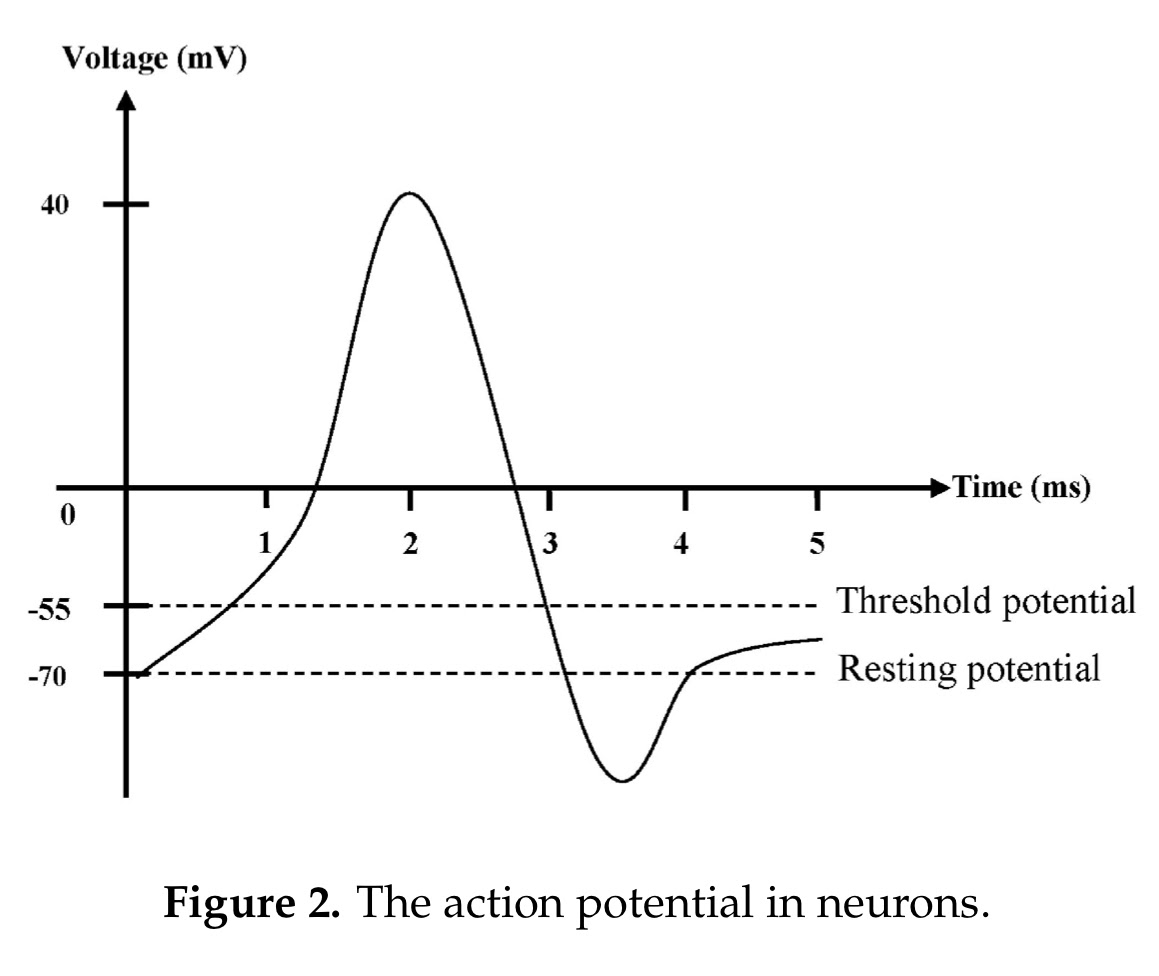I joined the laboratory for “Human movement in Neuroscience”. In this seminar, it is lead by professor Junichi Ushiyama, and he has a doctor’s degree in Life Sciences (Tokyo Univ., 2005) and a Ph.D. in Medicine (Keio Univ., 2013). He has been affiliated with numerous societies: Society for Neuroscience, The Japan Neuroscience Society, Japan Society of Physical Education, Japanese Society of Physical Fitness and Sports Medicine, Japan Society of Exercise and Sports Physiology, Japanese Society of Biomechanics. He has published many research papers about Neurophysiology and movement physiology. He has also published many research papers on Movement physiology and Neurophysiology. With a very impressive background, I was delighted to have been accepted to his seminar and was eager to learn from him.
This semester I had my first couple presentation on my research and interest. In the hunt of finding a solid topic that I can focus on I first had to find my field of interest. Which happens to be about the “pathway of pain sensation through neurotransmitters” in more simple terms, the feeling of pain. I was interested in this topic because growing up with sports I have inevitably, unfortunately, got injured, and have witnessed my own teammates and opponents and professional athletes getting injured. To start researching about this topic I asked my self several questions:
– When does your body, brain, muscles, neurons recognize that you’re in pain?- Does some part of us recognize pain before our brain signals it to us?
– Where does the pain threshold lie?
– Which part of our brain recognizes that the body is in pain?
– Does a different part of our body respond to a different part of our body?
I read a journal published by the International Journal of molecular science on “General Pathways of Pain Sensation and the Major Neurotransmitters Involved in Pain Regulation”, which gave me most of the answers to my questions.
I will give you a basic run-through of how our body responds to pain! Firstly, the sensory receptors in our skin send a message via nerve fibers to the spinal cord and brainstem and then onto the brain where the sensation of pain is registered. That information is then processed and the pain is perceived. The spinal cord carries the pain message from its receptors all the way up to the brain. Our brain processes different information in different areas of our brain, and for pain, it is the middle part of the brain, the parietal lobe, which involved in interpreting pain and touch in the body.


There are many types of pain:
– Nociceptive pain is an injury to body tissues such as cut, burn, fracture (broken bones)
– Neuropathic pain involves the nerves, spinal cord, or brain: burning, tingling, shooting, or electrical sensation.
– Psychogenic pain is a psychological factor. The degree of pain relates to one’s experience.
– Acute pain is short-lived pain, at the tissue level.
– Chronic pain is persistent pain when its ongoing tissue damage.
I hope you learned something new about pain! Might not be a the happiest of topic to discuss about, however, it’s certainly interesting and important!
- このページをシェアする